
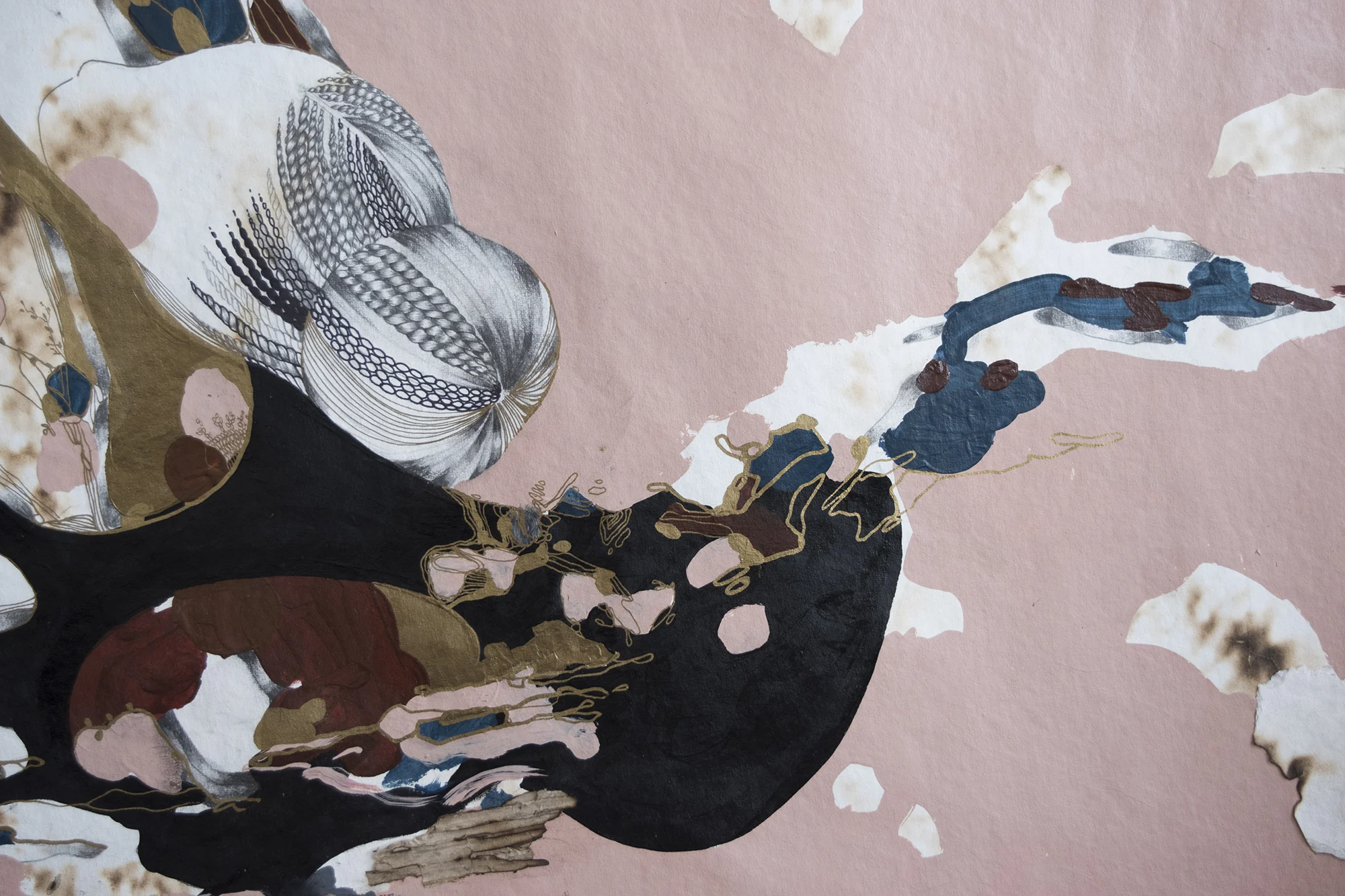
All of Nigerian artist Modupeola Fadugba’s last three projects have been on the subject of water in some way, which is odd considering she was terrified of it for much of her childhood. From painting children learning to swim to her most recent project covering an all-Black senior synchronized swimming team, she’s explored water both as a metaphor for and through its place in Black experiences. She tells Alex Kahl how her own perception of water changed growing up, and how it came to be such a repetitive presence in her work.
As a child, Modupeola Fadugba and her family lived by the sea in Lome, Togo, where she was born. They would spend time together at the beach, and the ocean always terrified her. “The idea that this endless expanse of water could take you to an unknown place overwhelmed me,” she says. “I always had this visceral response.” When her family moved to the US and she began to see swimming pools in gardens, her fears were alleviated a little. “Within that specific context, I saw that (contained) bodies of water could be emblematic of the American dream. That used to excite me.”
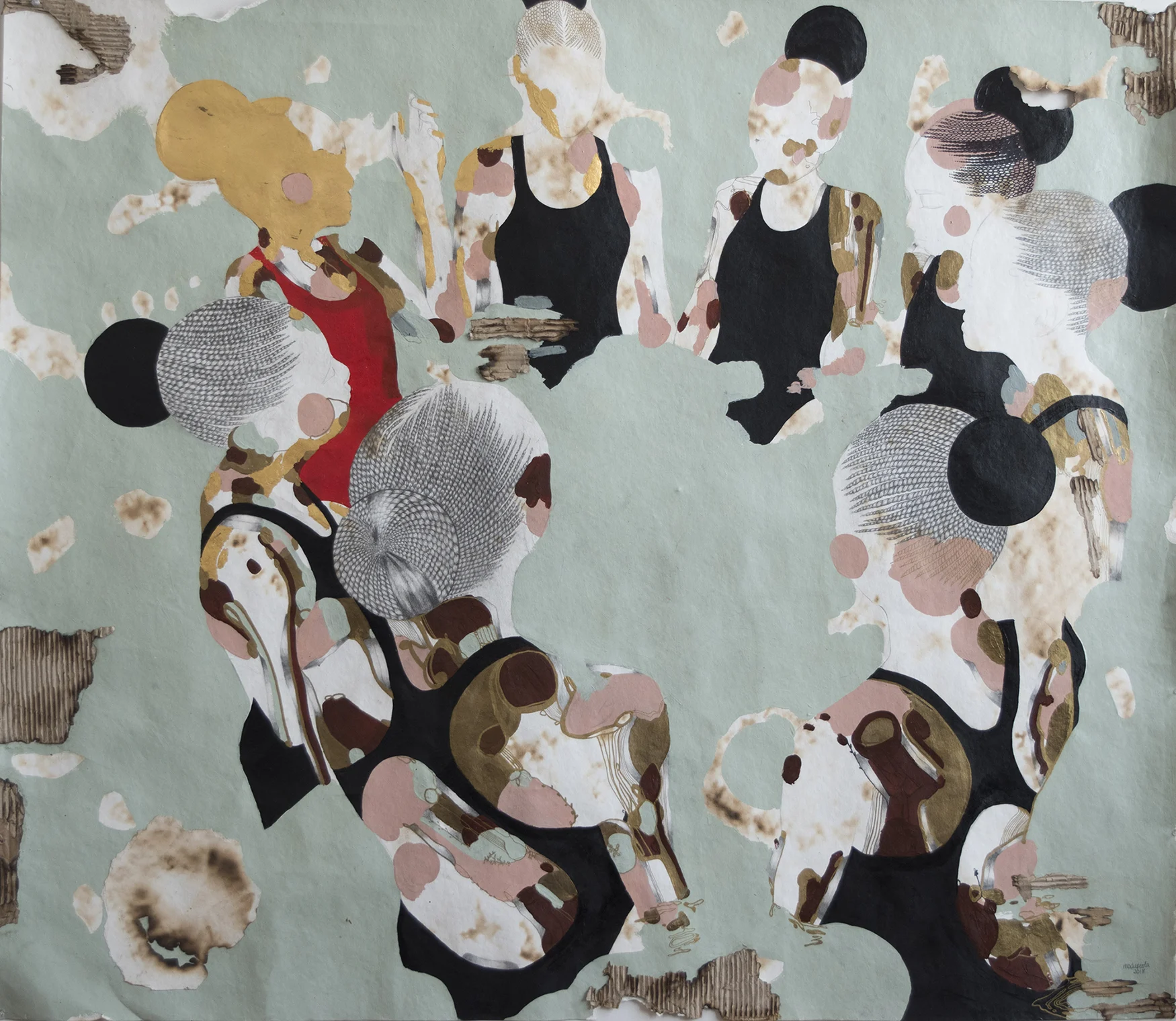
Modupeola fully moved past her fears when she went to a boarding school in England at age 11, and all students were asked to complete a lap of the pool. She wasn’t even given the chance to explain that she couldn’t swim. It was simply expected that she would. “I don’t really know how I swam, but know that I didn’t drown, so it must have been okay!” she laughs.
Her feelings towards water changed, but it seems that finding ways that water could mean something was the key for her, so that water could no longer be that unknowable, separate entity. It might have been this that inspired her to keep finding her own metaphors for what water could be. In 2014, she was visiting family in Nigeria when her brother encouraged her to jump into a pool from the highest diving board. “I remember that physical feeling of my legs buckling from fear and panic. He was the one telling me it would be okay, and how irrational my fear was, because I could swim,” she says. At the time, she was deliberating over becoming an artist, and this moment on the diving board became a metaphor for that decision and the fear that got in her way. She did jump into the water that day in Nigeria, and that very same year she became a full-time artist.

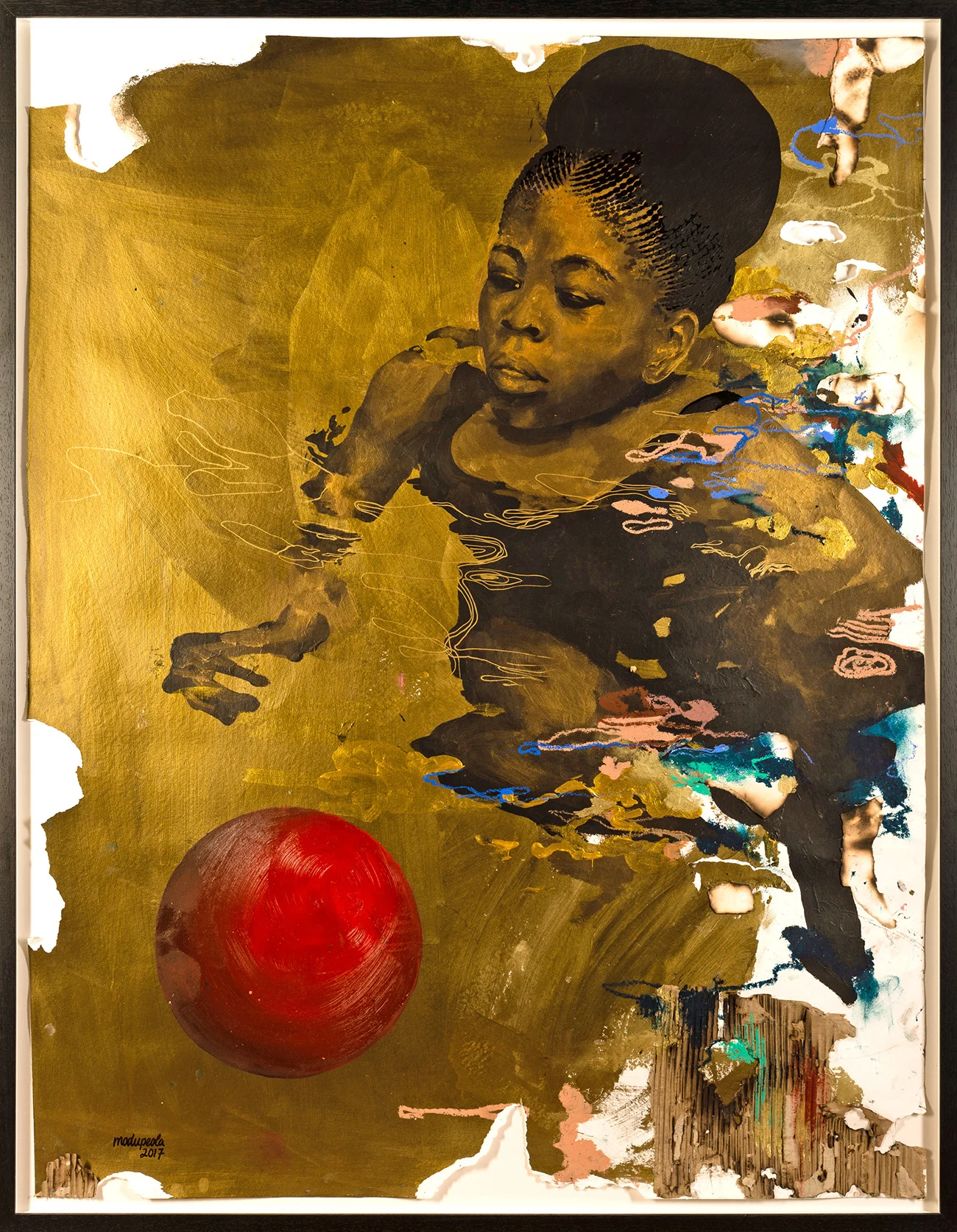
Six years since that dive and water has become the predominant theme Modupeola likes to explore through her work. She started creating her first artworks on the subject in 2014: abstract paintings of bodies folding and turning and intertwining underwater sat alongside portraits of children wearing inflatable aids learning to swim with the help of their parents. The series was called Tagged, and every piece included a red circle somewhere in the composition. “At the time, the Nigerian artspace was just developing. We had this very backwards tradition of including young artists in auctions straight away. It placed all sorts of unrealistic expectations and forced these artists to do too much, too early. I was one of the first young artists to stop including my work in the auctions,” Modupeola explains. When a piece was sold at auction, it was given a circular red sticker, and by including these circles in her works, Modupeola was asking whether artists should focus on their own journey, on navigating their own waters, or on having a work purchased in this fashion.
Many of Modupeola’s works are created on burned paper to reflect the concept of trauma. “It comes from my experience living in Rwanda in 1996 where all the schools were burned and there were bullet holes everywhere,” she says. “Look at Rwanda now and it’s a totally different country. The burning represents this idea of trauma and scars and having them serve as reminders and learning points. It’s about seeing the fragility of the fabric of humanity.” Currently a Smithsonian Artist Research Fellow, Modupeola also does a lot of archival research and makes multiple sketches before beginning each painting or series. “I hardly ever look at only the final painting as the work. I look at the process and the progress of my understanding through the books I’ve read and the sketches I’ve made,” she adds.





She spent three years on Tagged, and towards the end of the project, she welcomed feedback from viewers, and through this, she realized she could find very little artwork which depicted Black swimmers. Her work is rarely focused around the subject of race, but these surprised responses to seeing Black swimmers led her to do more research into the subject.
She was moved by the history of the American public pool. In an interview with Omenka, a magazine focused on African art and culture, Modupeola said these pools were “a space – literally and figuratively – fraught with racial undertones of access and autonomy.” Through her research, she learned that drowning rates were significantly higher among the Black community. This is a modern-day stereotype that has its real roots in a history of racial inequality and injustice. The Center for Disease Control and Prevention, among other sources, have found that Black children are five times more likely to die by accidental drowning than other children, and that Black men and women of all ages are disproportionately affected by drowning.
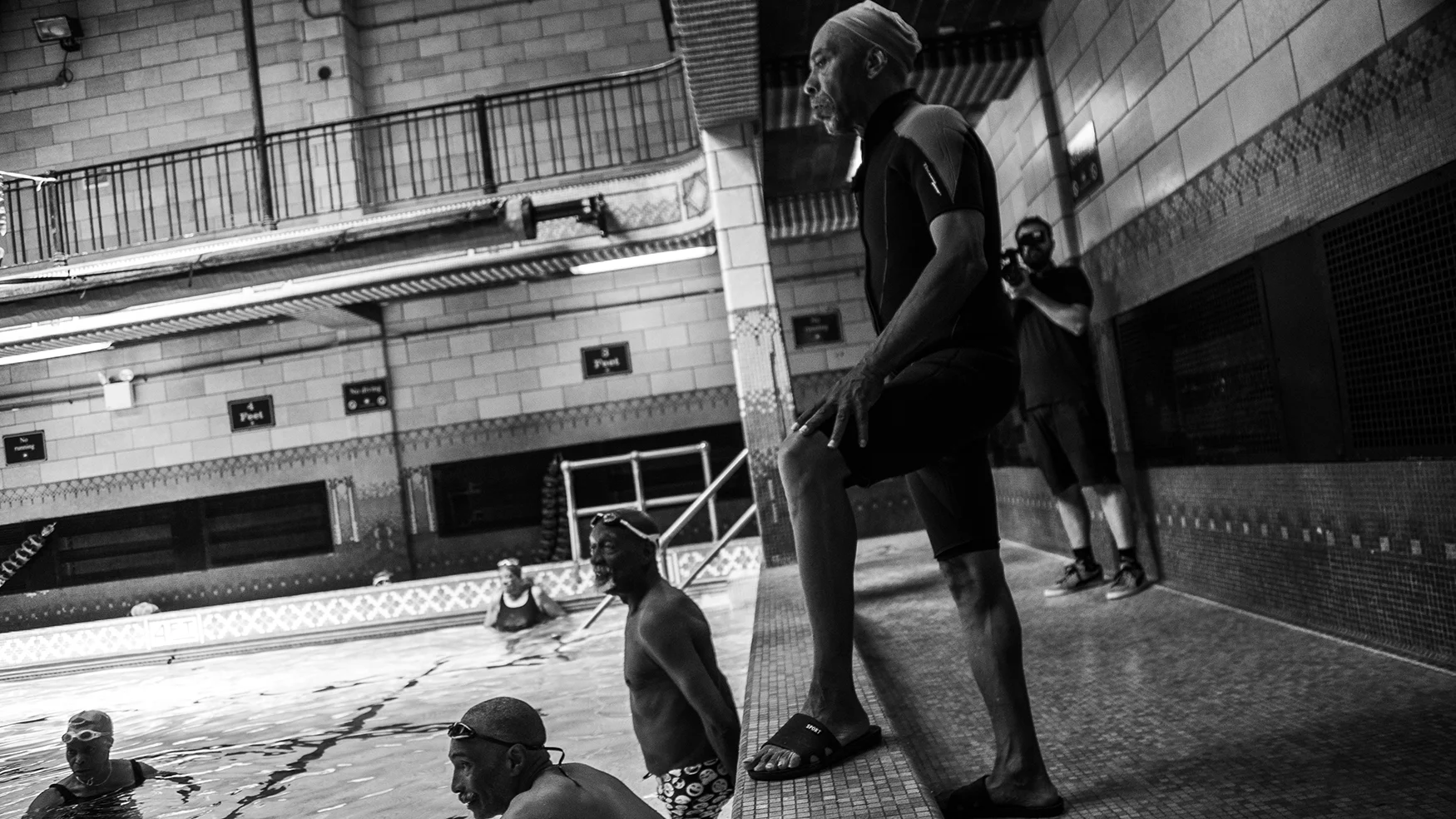

I saw that water could be so emblematic of the American dream. That used to excite me.
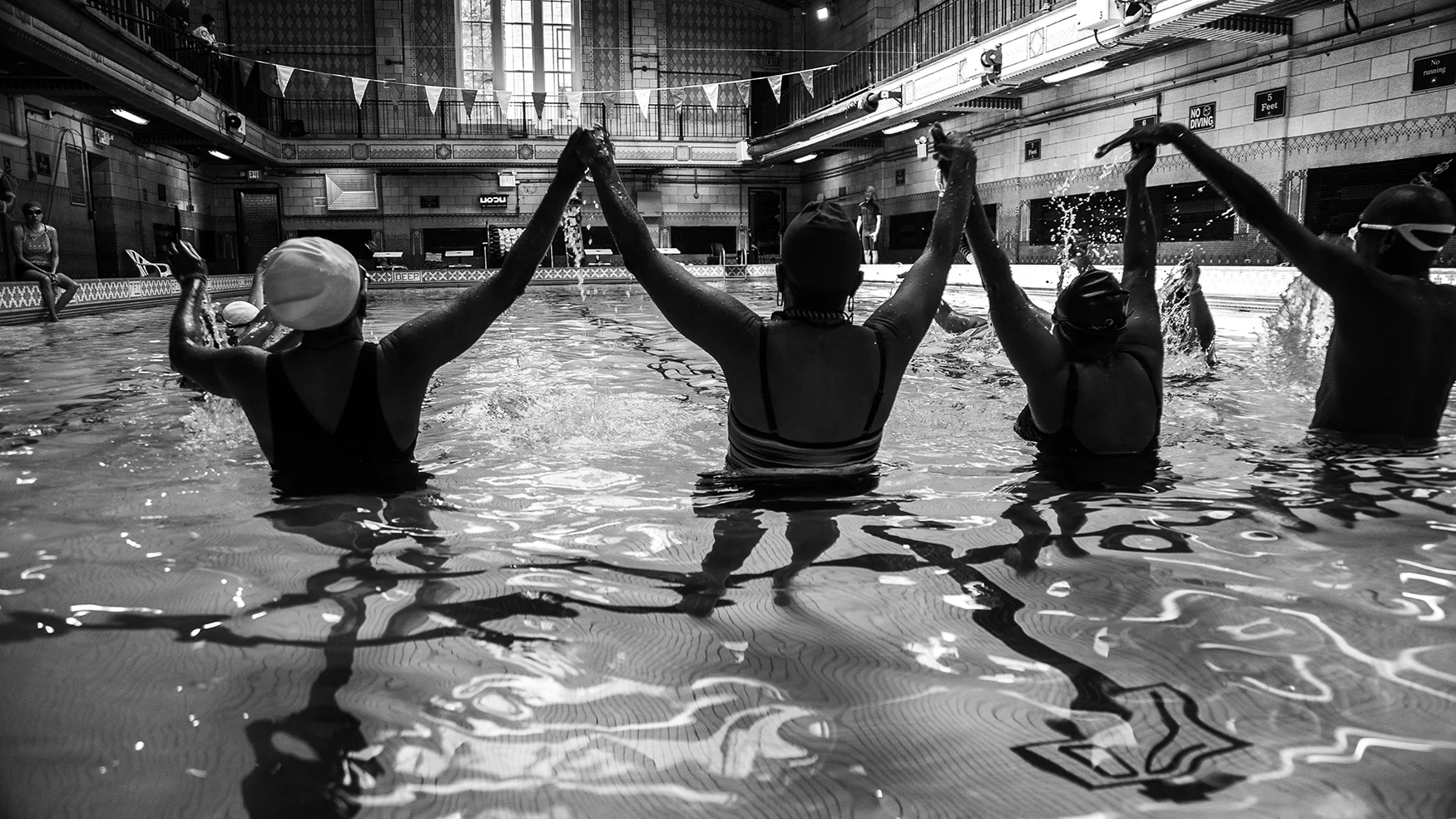
In a 2006 study titled “Drowning in Inequalities: Swimming and Social Justice,” researchers found that “Racial differentials in swimming are conditioned by the availability of instructional and competitive programs and the principle of social exclusivity that limits access even when a swimming infrastructure is available.” In other words, the availability of pools and swimming lessons only in certain areas has often created obstacles for the Black experience, and even when there is a pool close by, Black families may have been put off by the very fact that they have always been predominantly white spaces.
Up to that point Modupeola had always used swimming and water as metaphors for something else, but after completing her research, she was keen to explore it for what it was, and began a study into the physical act of swimming and its place in the Black community. “I started seeking these Black swimmers out, so that I could represent them in portraiture form,” she says. Her search led her to the Harlem Honeys and Bears, a group that understands the damning statistics on drowning, and actively works to address them. For her most recent project, Dreams from the Deep End, she worked with the Honeys and Bears, an all-Black senior synchronized swimming team. With their ages ranging from 65 to 98, they were already becoming minor celebrities in Harlem, as the whole area fell in love with their wholesome story.
Many of them have said that they feel freest when they’re in the water.
Modupeola spent three months in New York, getting to know the group and painting portraits of them. The body of work had to come together a lot quicker than she had hoped, and for that reason she took the following year out to expand the research on the group through film and community engagement at the Brooklyn Museum and the Schomburg Center for Black Culture, where the film was screen alongside her portraits “to extend the life and reach of these personal stories.”
Modupeola only had time to capture four of the individual swimmers, and she admits she might have chosen these four based on certain aesthetics. “My swimming portraits were really abstract before meeting the Harlem Honeys and Bears, because they were based on professional synchronized swimmers, who are roughly the same size as one another,” she says. “But when I started looking at pictures of the Harlem Honeys and Bears, they’re obviously older swimmers, and they all have such different bodies. When you create non homogenous groups in abstraction, it can easily be misinterpreted as caricature, so I decided to select a certain subject and bring detail to their portraits, to humanize them.” The Honeys and Bears came to her studio before she started painting them, and they told her that the previous abstract swimmers didn’t represent them. “So that led me to depict them with greater realism – wrinkles and all” she says.
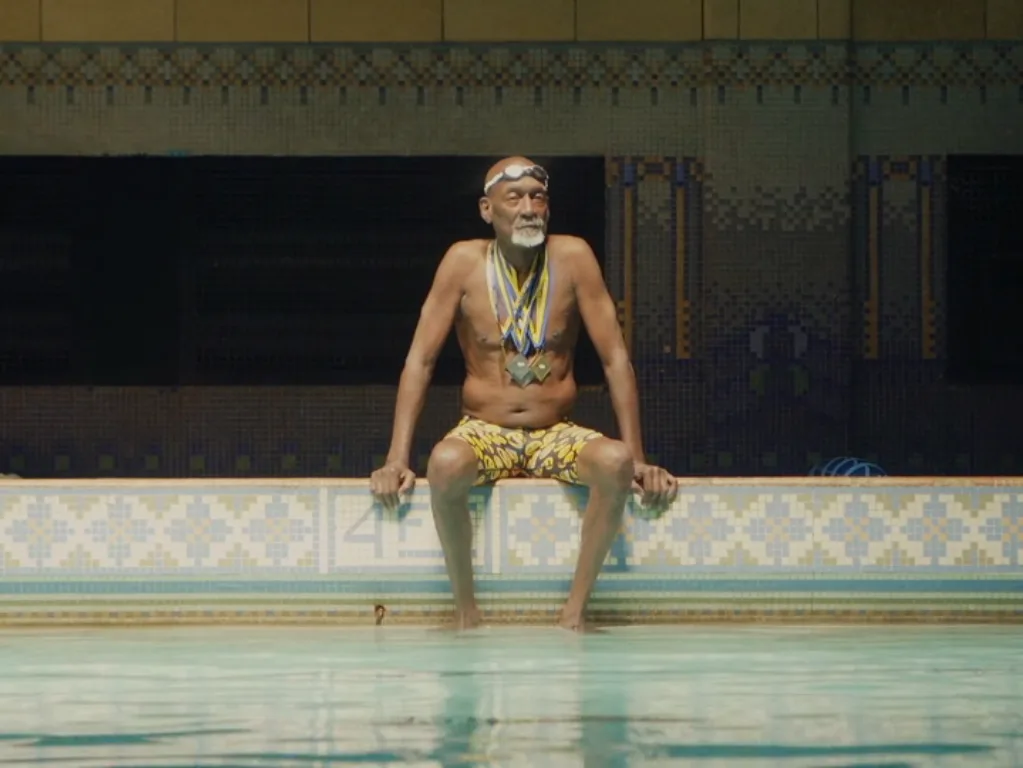

How do you choose your community? How do you choose who you want to associate with?
A big challenge for Modupeola was communicating the group’s power as a collective, while also bringing through their individual personalities. Synchronized swimming is, by its nature, focused on the beauty that can come from multiple people blending together into one form. But as Modupeola got to know the swimmers and their stories, she saw how much she wanted to celebrate them as people.
The eldest swimmer in the group, Ms. Lettice Graham, was 96 at the time Modupeola painted her. “She makes her life story sound so simple, but it really isn’t,” she laughs. Ms. Graham picked up the idea of becoming a pageant queen in her sixties, and began attending pageants and modelling swimwear. She and Modupeola once watched the Miss America pageant together. “She records these pageants every year and replays them over and over again.” Ms. Graham had also just gotten married a few months prior. “The fact she was open to learning commitment again and loving again at that age. For her to be able to do that and not bat an eyelid, I found it fascinating,” Modupeola says.

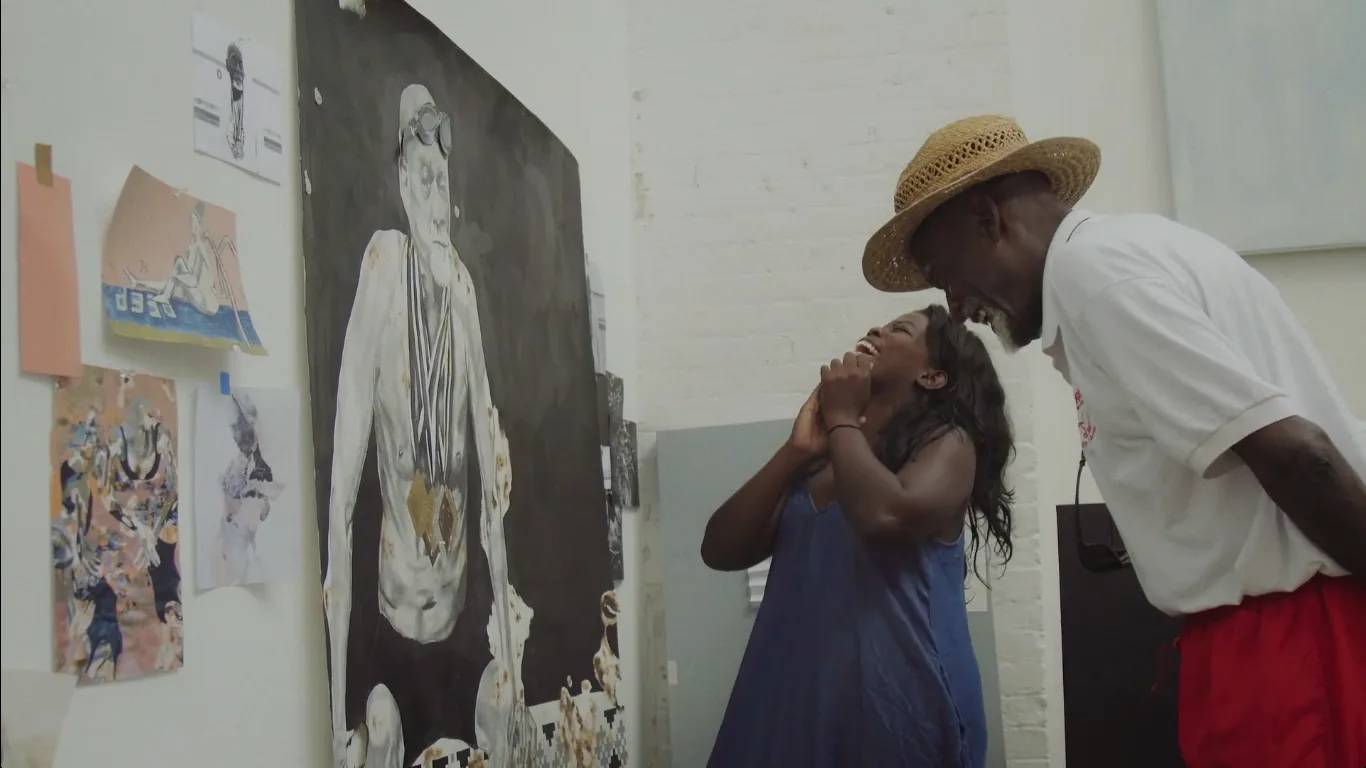
One of the male swimmers, Leroy Whethers, is an instructor and mentor at a correctional facility for repeat offenders. “He mentors these men, and he was so passionate about them,” Modupeola says. “He tries to explain to them that the Harlem Honeys and Bears is a gang, but one that does important things like performing and giving back to the community. He tells them that it’s what you do with that community and collective action that matters. He would ask them: How do you choose your community? How do you choose who you want to associate with?” He had only recently lost his own son to gun violence, speaking volumes to his decision to mentor those at risk of falling victim to the same fate.
The Honeys and Bears aren’t just nurturers in their own personal lives. They also give back to the community as a group, offering free swimming lessons to children in an attempt to make sure no child is in danger near a body of water. Modupeola was not the first to tell their story, and it’s clear why so many publications and platforms wanted to show the world their incredible energy and generosity.

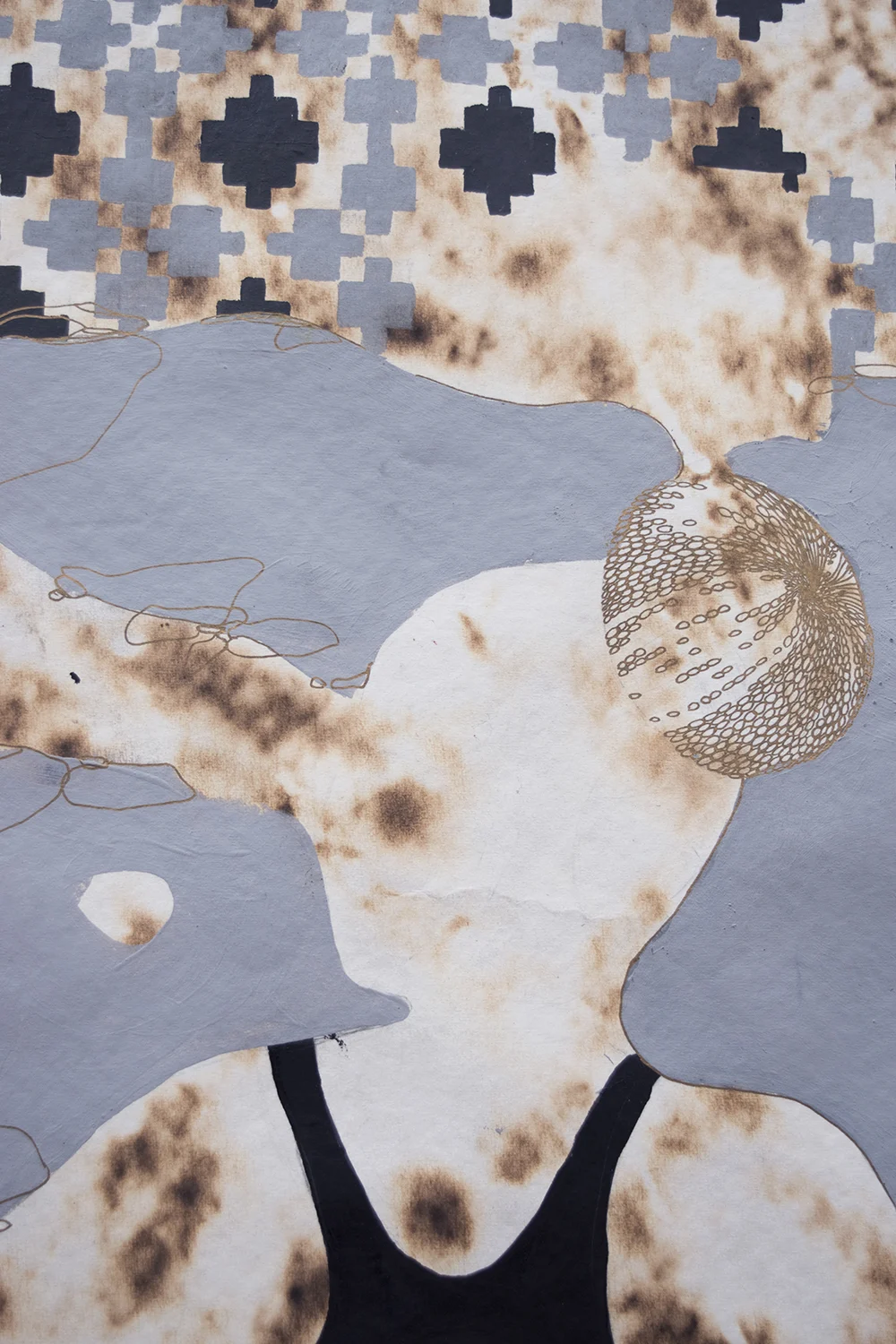

The group means a huge amount to its members. Many of them have said that they feel freest when they’re in the water, and they can leave their walkers or wheelchairs in the changing rooms. Modupeola tells me that many of them have lost children. “I think when you’re retired and your time is entirely yours, how do you regulate that time? Who are you in community with?” She says. “I think they are all just happy to have something to put in their calendar. It’s simple, but it’s powerful.”

